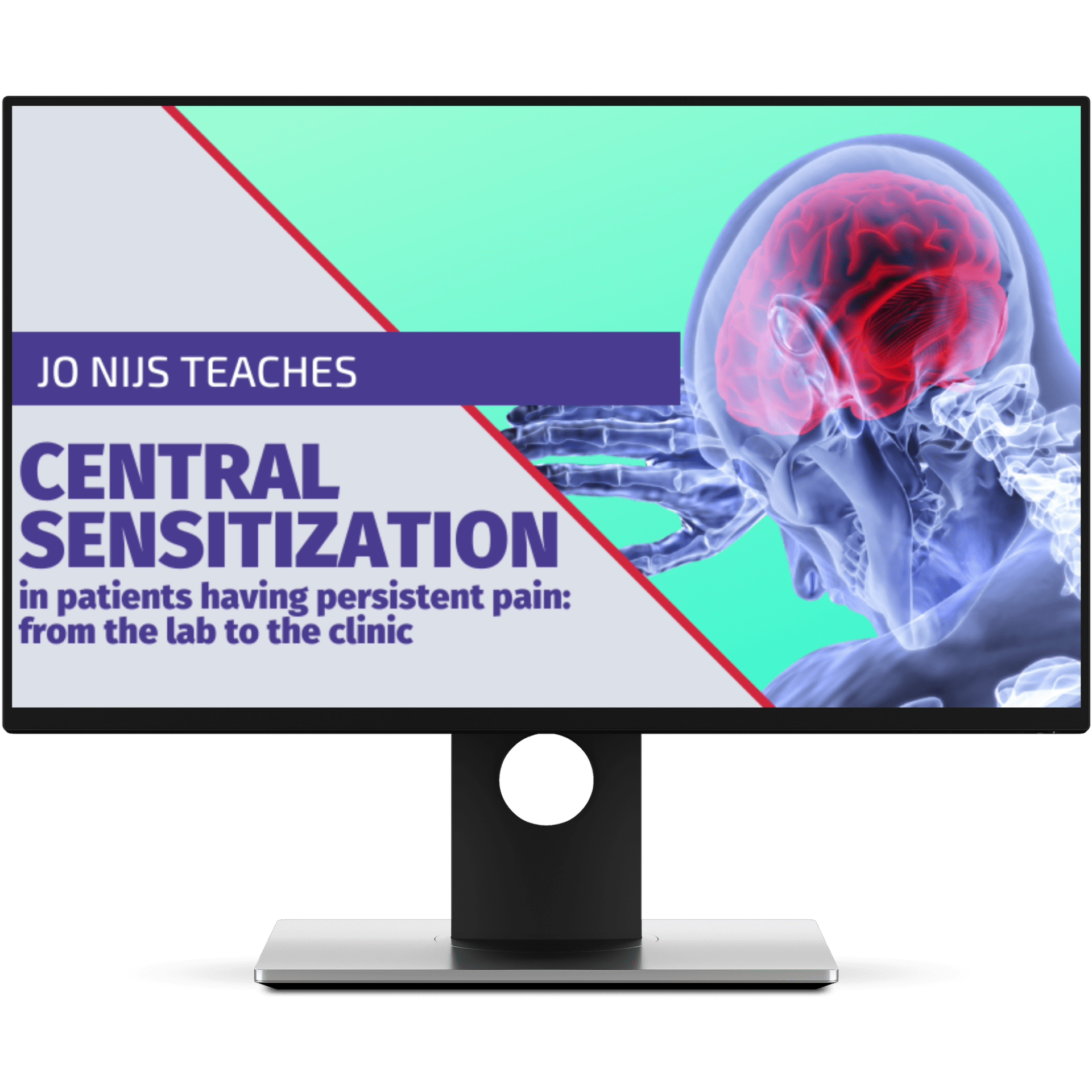Understanding the Pain and Disability Drivers Management Model for Rehabilitation

Introduction
In the field of rehabilitation, addressing chronic pain associated with musculoskeletal disorders, particularly low back pain, presents a significant challenge for healthcare professionals. The traditional approach of diagnosing and managing non-specific low back pain has often left patients and clinicians with a lack of informative guidance. In response to this challenge, Canadian researcher Yannick Tousignant-Laflamme developed the Pain and Disability Drivers Management (PDDM) Model, providing a structured framework for identifying and addressing the multiple drivers of pain and disability in patients with musculoskeletal conditions. This blog post aims to provide an in-depth understanding of the PDDM Model, its components, and its implications for clinical practice.
Understanding the Pain and Disability Drivers Management Model
The PDDM Model was conceptualized as a diagnostic framework to address the complexity of chronic pain and disability, particularly in the context of low back pain. The model encompasses three primary dimensions: drivers of pain, drivers of pain and disability, and drivers of disability. Within each dimension, the model identifies five key domains: nociceptive drivers, nervous system dysfunction drivers, comorbidity drivers, cognitive-emotional drivers, and contextual drivers. These domains aim to capture the multifaceted nature of musculoskeletal pain by addressing biological, psychological, and social factors contributing to a patient’s condition. For every dimension, you can see an inner circle, marked as A, and an outer circle, marked as B. A refers to more common and/or modifiable elements, while B refers to elements that are more complex and less modifiable, and that will prompt a more aggressive approach or require interdisciplinary care to effectively address the problematic domain

The rationale behind the five domains is rooted in a comprehensive review of the literature, which highlights the diverse mechanisms and prognostic factors influencing pain and disability in patients with musculoskeletal disorders. By integrating these domains, the model seeks to provide a holistic understanding of a patient’s condition and guide healthcare professionals in formulating personalized rehabilitation management plans.
Application of the Pain and Disability Drivers Management Model
The application of the PDDM Model begins with a structured assessment process that involves the use of patient-reported outcome measures (PROMs) in the form of questionnaires and clinical reasoning to evaluate the patient’s profile across the five domains. Healthcare professionals are encouraged to utilize classification systems for nociceptive and nervous system dysfunction drivers, while also addressing comorbidities, cognitive-emotional factors, and contextual factors through targeted interventions.
For more guidance, Yannick and his team developed the PDDM rating scale that can help you go through each step of the model during your assessment.
If you want to sensitize somebody’s nervous system, let the pain be there and do nothing about it
– Yannick Tousignant-Laflamme when asked about the role of comorbidities
The model emphasizes the importance of personalized rehabilitation management, tailoring treatment plans to address the specific drivers of pain and disability identified in each patient. This approach requires a multi-faceted treatment strategy that goes beyond traditional biomechanical interventions, acknowledging the influence of psychosocial and environmental factors on a patient’s experience of pain and disability.

Challenges and Opportunities
While the PDDM Model offers a structured framework for addressing the complexity of musculoskeletal pain, its implementation presents both challenges and opportunities for healthcare professionals. One of the key challenges lies in the need for further training and development of clinical skills to effectively address cognitive-affective and contextual factors. Healthcare professionals, particularly physiotherapists, may need to enhance their communication and counseling skills to engage patients in discussions about their illness representations and psychosocial factors affecting their pain experience.
Central Sensitization: From the Lab to the Clinic
Learn to Provide the Best Evidence-based Care to Help Patients with Chronic Pain

Moreover, the incorporation of PROMs and the interpretation of assessment results require a comprehensive understanding of the psychometric properties and clinical utility of these measures. This necessitates ongoing education and training to ensure that clinicians can effectively utilize PROMs to inform their clinical decision-making and treatment planning.
Despite these challenges, the PDDM Model presents an opportunity to enhance the quality of care provided to patients with musculoskeletal disorders. By adopting a more comprehensive and personalized approach to rehabilitation management, healthcare professionals can improve patient outcomes and satisfaction. Furthermore, the model encourages interdisciplinary collaboration, recognizing the need for coordinated care involving various healthcare professionals, such as occupational therapists, psychologists, and physicians, to address the diverse drivers of pain and disability.
Future Directions
As the PDDM Model continues to evolve, future research and development efforts will focus on refining the model for specific musculoskeletal conditions, expanding its application to neck pain, and enhancing the accessibility of the model through online assessment tools. Additionally, efforts will be made to provide clinicians with more prescriptive guidance on treatment options tailored to the identified drivers of pain and disability. By further developing and disseminating the PDDM Model, healthcare professionals can improve their ability to address the multifaceted nature of musculoskeletal pain and enhance patient-centered care.
Conclusion
The Pain and Disability Drivers Management Model offers a structured framework for understanding and addressing the complex drivers of pain and disability in patients with musculoskeletal disorders. By integrating biological, psychological, and social factors, the model provides a comprehensive approach to rehabilitation management, emphasizing the need for personalized and multidimensional interventions. While its implementation presents challenges, the model represents an opportunity for healthcare professionals to enhance patient care and outcomes. As the model continues to evolve, it holds the potential to transform the approach to musculoskeletal rehabilitation, ultimately improving the quality of care for patients experiencing chronic pain and disability.
References

Kai Sigel
CEO & Co-Founder of Physiotutors
NEW BLOG ARTICLES IN YOUR INBOX
Subscribe now and receive a notification once the latest blog article is published.







